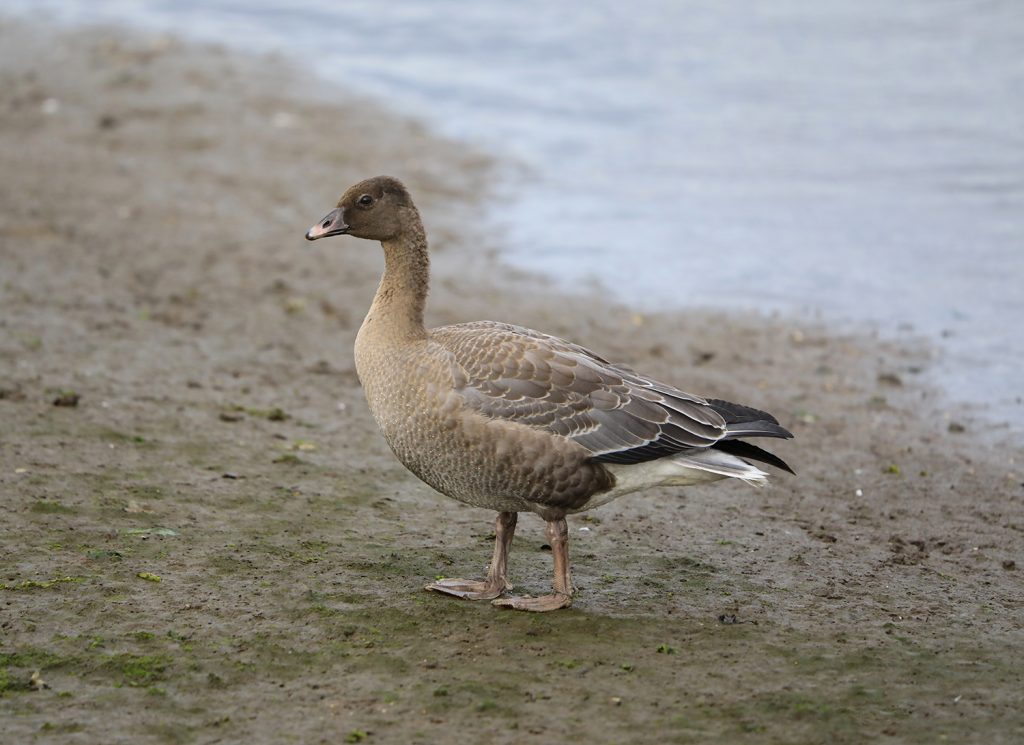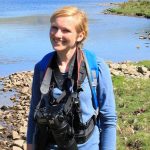
AUTUMN is around the corner.
The season may be evocative of shorter days and never-ending rain, but to me this is when the country transforms into living art: yellow, orange, and crimson blanket the parks and gardens as trees, displaying their first autumn tinting, begin shedding their leaves to decorate dull pavements with a colourful, scrunchy carpet. Frosty mornings beckon, as floaty mists fade away to reveal the low, golden light! It is an astonishing spectacle to watch the sunlight dancing on a kaleidoscope of leaves.
Autumn is also an exciting time to welcome the migrant species as they start arriving at their wintering grounds. Each autumn, I hold my breath for the anticipated arrival of pink-footed geese – medium-sized geese with a brown-grey body and distinctive short, pink-black beak and pink legs.

Having spent the summer breeding in Greenland and Iceland, pink-footed geese move to open water, where they spend around 25 days moulting their wing feathers in preparation for the journey south.
One autumn day, with the right weather conditions, they finally take off and arrive in the UK a few days later. Each year, over 400,000 pink-footed geese spend their winter in the UK and around 30,000 stay in East Lothian.
One of the best places to see the geese in all their glory is Aberlady Bay, where the geese spend their nights roosting. At dawn they move in smaller flocks to surrounding fields to feed and return at dusk to the bay. Both dawn and dusk are a great time of the day to photograph them. However, the pink-footed geese are quite skittish and easily disturbed, therefore the best way to watch or photograph them is from distance.
If you decide to go in the morning, you may be lucky enough to see the mist rising over the estuary, giving a great opportunity for an atmospheric photograph. If you decide to organise birdwatching at dusk, you may see the wonderful, golden autumn light.
Last year, I visited Aberlady on a few occasions at different times. I particularly enjoyed one evening.

Upon my arrival, I saw literally hundreds of geese in the bay. At first, I could not distinguish their species, but after taking a deeper look I realised the birds I was looking at were greylag geese (with a prominent orange beak and bright pink legs), not my desired migrants. I did not feel disappointed as the weather was enjoyable; I could feel a refreshing breeze on my cheeks and the sun started to set, leaving a golden halo in the sky.
While I was photographing the greylag geese, I heard an unmistakable bird call. The distinctive, loud honk was coming from a distance. I turned back and witnessed a beautiful scene: a golden yellow sky with Arthur’s Seat in the background and a flock of pink-footed geese flying across. It was an unforgettable view!

Even if you cannot get to their roosting sites to admire these beautiful birds, keep your eyes skywards, as the geese are very active all winter long. They tend to fly between locations in big flocks, which can be spectacular to watch.
If you have a rare visitor to your garden or would like to discuss a topic that I have been touching on in the previous months, do not hesitate to get in touch.
Speak to you next month!
https://www.eastlothiancourier.com/news/18728459.zans-wildlife-diary-returning-geese-great-sight/
